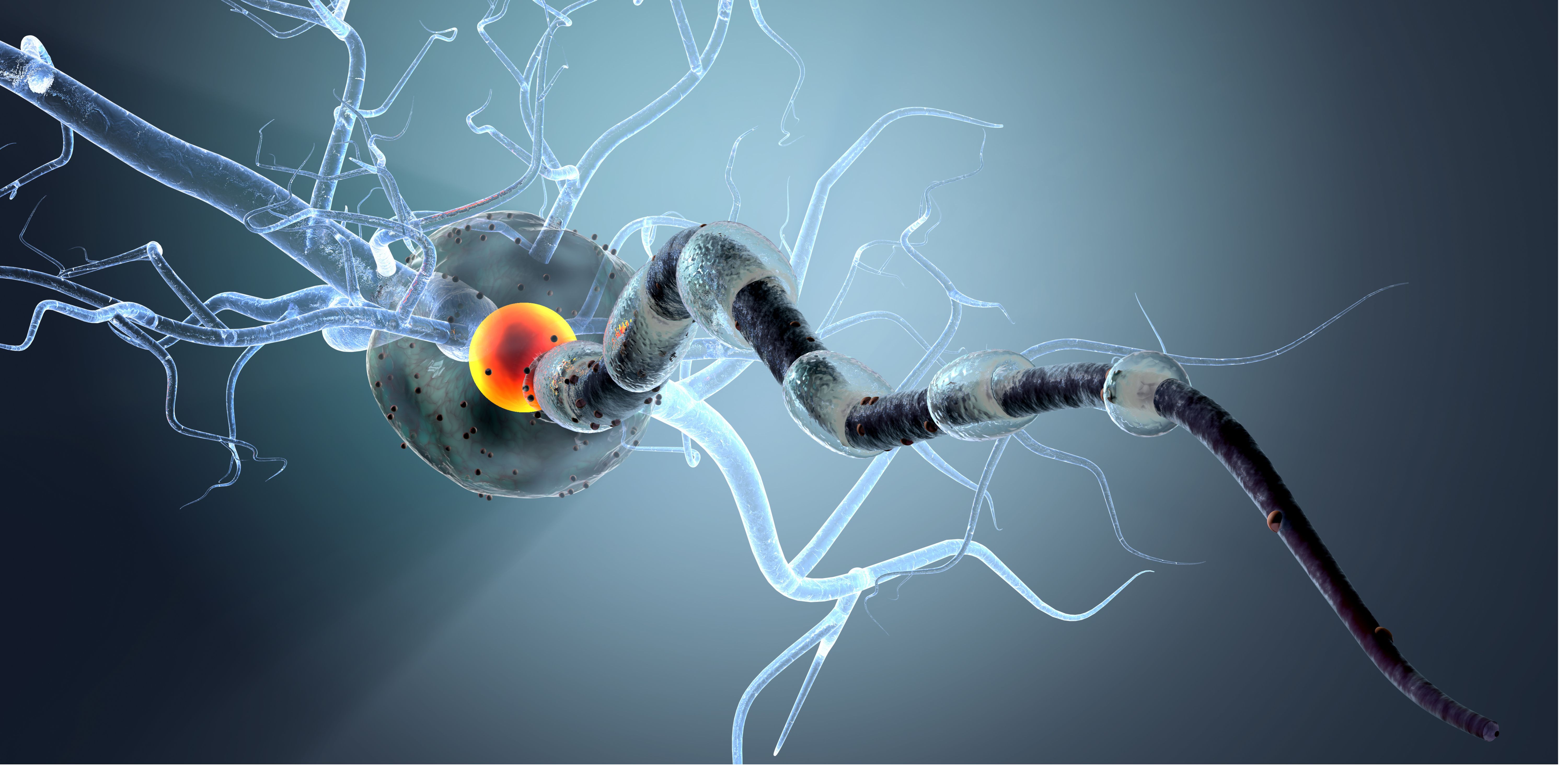Through innovation and collaboration, the ANPT has accomplished many significant milestones related to clinical practice, research, education, and professional development.
Welcome to Inspirational Conversations, the Academy of Neurologic Physical Therapy Oral History Collection.
Every day, physical therapists are creating history - in what they accomplish with their patients, in their academic pursuits, and in their contributions to the profession. The therapists that have led and supported the Academy of Neurologic Physical Therapy are a unique and remarkable group of people. Memories of their professional lives and their role in the Academy provide a window into the history of our profession as it existed in the past and how it lives on today.



